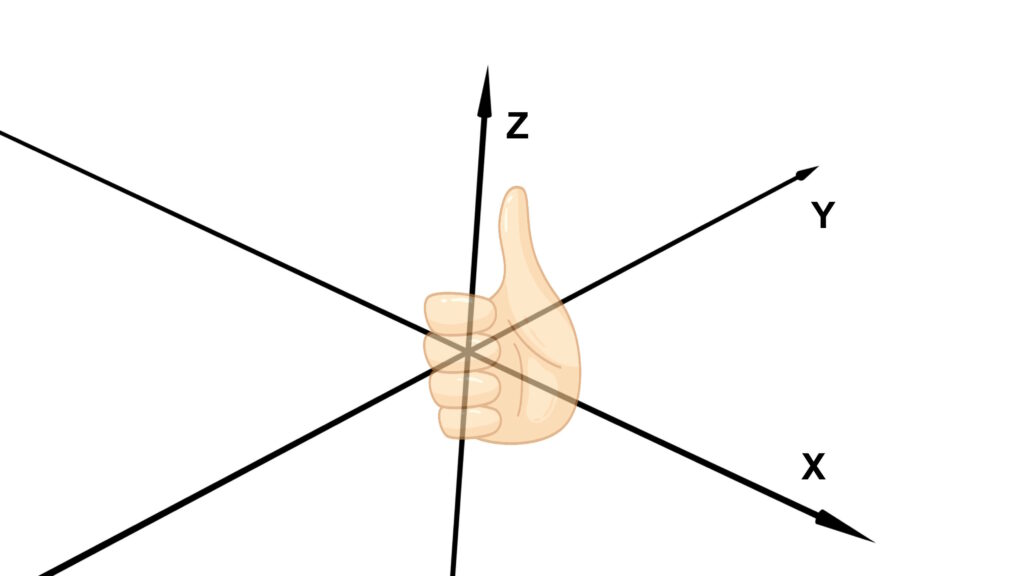The study of polarization is one of the important parameters while studying EM wave propagation. While deciding the RHCP or LHCP, many students wrongly take the coordinate axes leading to wrong answer. So, let’s see how to take coordinate axes properly.
What is Wave Polarization?
The orientation of E field vector as a function of time at a fixed position (transverse plane) is known as Wave Polarization.
It can be linear, circular or elliptical. While talking about circular and elliptical, the way of rotation of E field vector also matters.
If we stretch our thumb along the direction of propagation then the hand for which direction of rotation of fingers and E field vector matches, that will be the handedness of polarization. It can be Right handed or Left handed.
Proper Axes for Correct Polarization
While deciding RHCP or LHCP, we draw the E field vector at fixed position (constant plane) for various instances of time.
At least we draw the E field vector orientation at least for one time period. For each instant of time we find the E field orintation, based on its components.
Now, if you have not chosen your axes properly then you will not get proper orientation of E and you will end up in wrong decision.
Always remember that X, Y and Z axes are mutually perpendicualr axes satisfying right hand thumb rule.

You can take first two axes anywhere you want (of course mutually perpendicualr). But before taking the third axis always crosscheck right hand rule to assure that coordinate axes are proper.
Always, {\overrightarrow a}_x\times{\overrightarrow a}_y={\overrightarrow a}_z
Keep in mind, do not take X, Y and Z axes casually.
Do not forget to check our Awesome GATE courses.



